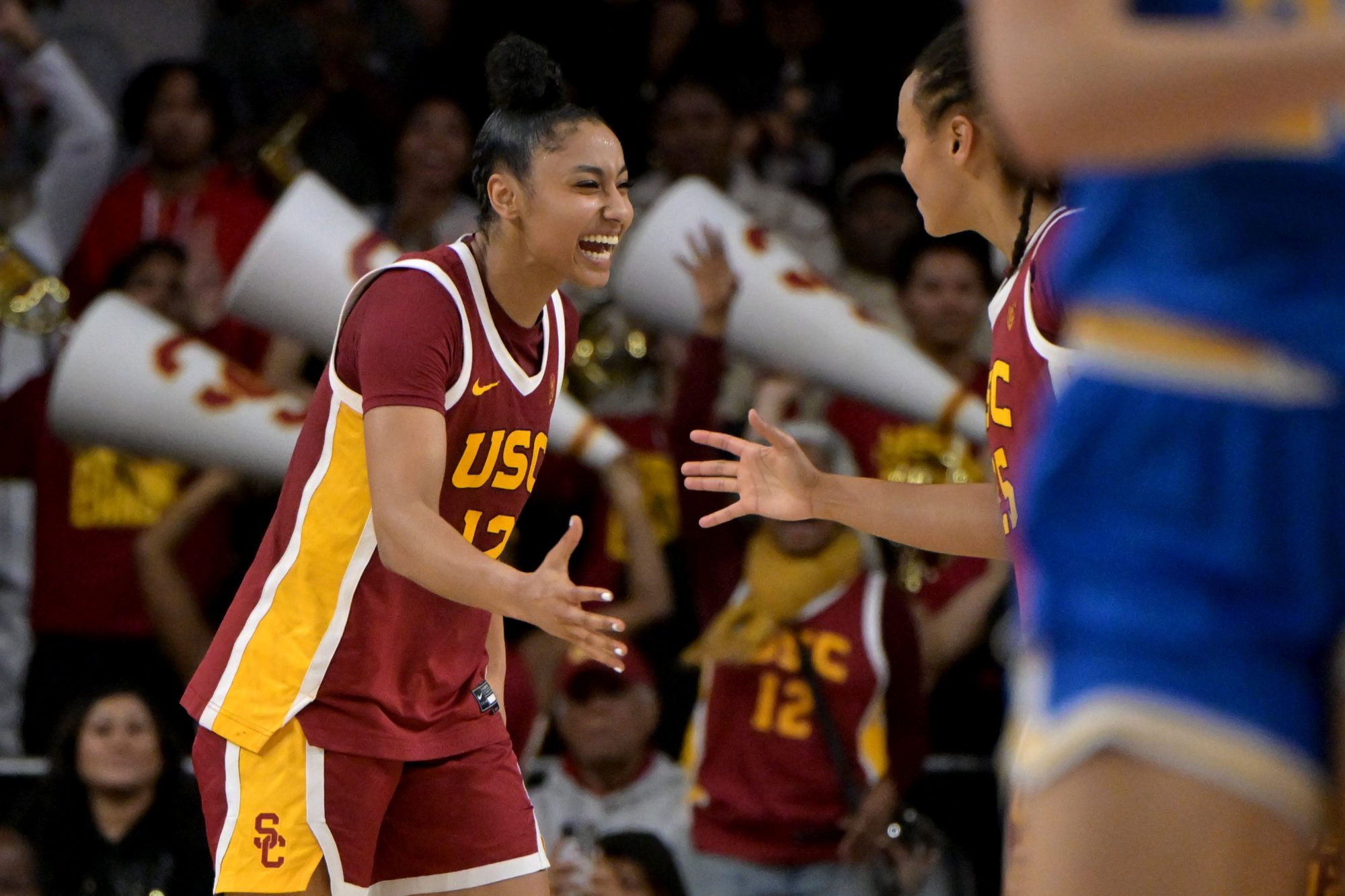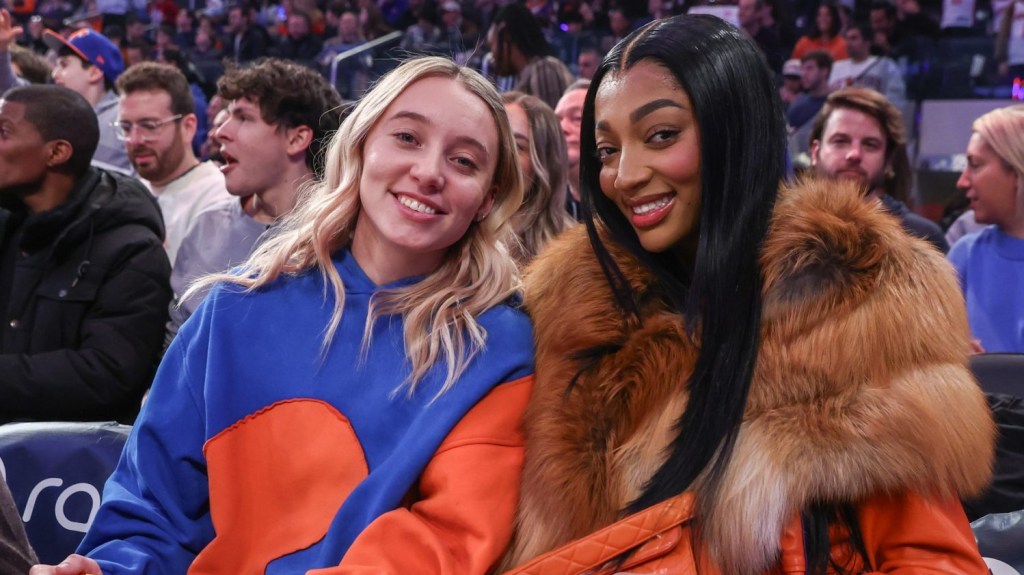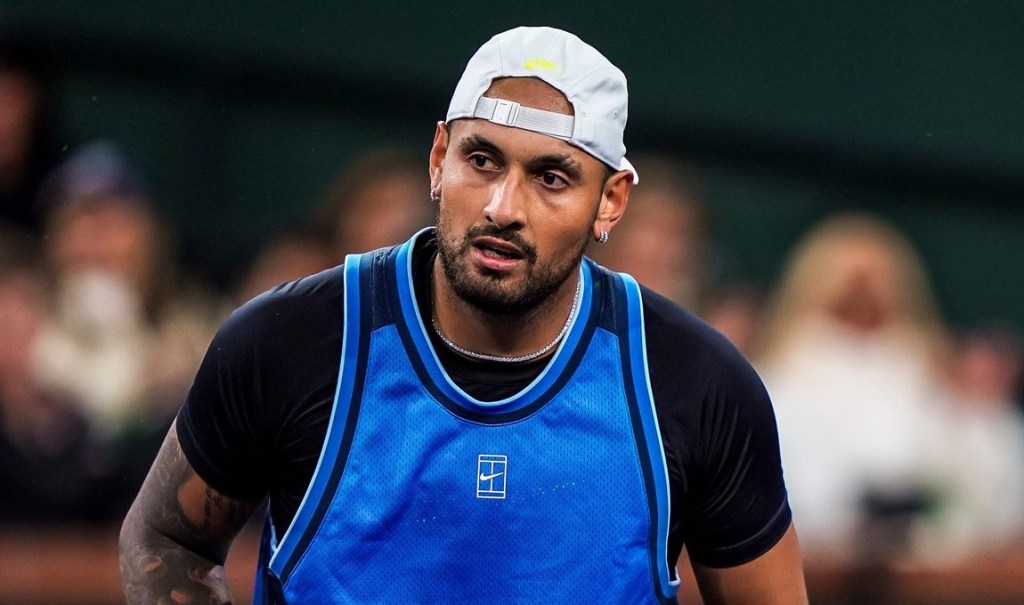On Friday, the second session in a months-long labor trial over college athlete employment status concluded at a National Labor Relations Board regional office in Los Angeles.
“I feel like we’re in an extremely strong position,” Ramogi Huma, the executive director of the organization arguing on behalf of athletes, tells Front Office Sports. “I think we’re going to win.”
The case, first filed in 2022 as a labor complaint by Huma’s National College Players Association, argues that USC football and basketball players should be considered employees of USC, the Pac-12, and the NCAA. The NLRB agreed to take up the case on the NCPA’s behalf. A win would spell the end of the NCAA’s amateurism model.
During the two-week session, the NLRB rested its case on athlete employment, and USC began its pro-amateurism arguments.
One of the main issues: the amount of control exerted over players, and if that constitutes an employee-employer relationship. During the first few days of this session, the NLRB called three USC athletic department employees as adverse witnesses: Denise Kwok, Paul Perrier, and Ryan Cohan. The officials claimed ignorance about several rules that are common knowledge, like the terms of the school’s apparel contract with Nike and the details of a name, image, and likeness policy. They also attempted to argue that unlike every other major athletic department, USC does not have rules—just “expectations”—and that there are no punishments, just “accountability activities.”
After the NLRB rested its case, USC, the Pac-12, and the NCAA all presented oral motions to dismiss. Though the judge, Eleanor Laws, ultimately denied the motions, she did question why the Pac-12 should remain a respondent when USC is about to join the Big Ten, Huma says.
USC then presented its pro-amateurism case, calling some of the same witnesses as the NLRB to face friendlier lines of questioning. One of the witnesses, however, contradicted the picture painted by his USC colleagues, Huma says.
According to Joseph Wood, USC’s associate AD for football operations, USC did communicate “rules” to athletes, like a social media policy, curfews, and rules while traveling. He described a point-system for punishments, often in the form of physical activities (which other witnesses claimed the school would never use). And he confirmed that USC has an exclusive apparel contract with Nike, meaning athletes cannot wear Adidas or other competitors’ clothing during games. His testimony was much more consistent with that of the two former USC football players who took the witness stand in December, during the trial’s first session.
Huma says he believes the NLRB was able to get almost every piece of pertinent information entered into the record as evidence for the judge to consider. One piece of evidence that is still in dispute: NCAA president Charlie Baker’s Project D-I proposal, which would allow certain rich schools to increase their monetary compensation to athletes. Even though the proposal was made publicly, the pro-amateurism camp doesn’t want it entered into the trial’s official record.
What’s next? The trial will break for most of the month and reconvene Feb. 26–29 in Los Angeles. USC will conclude its case, and then the Pac-12 and NCAA will present their defenses. The trial may even continue into a fifth month, with days scheduled in mid-April after March Madness if needed.

















